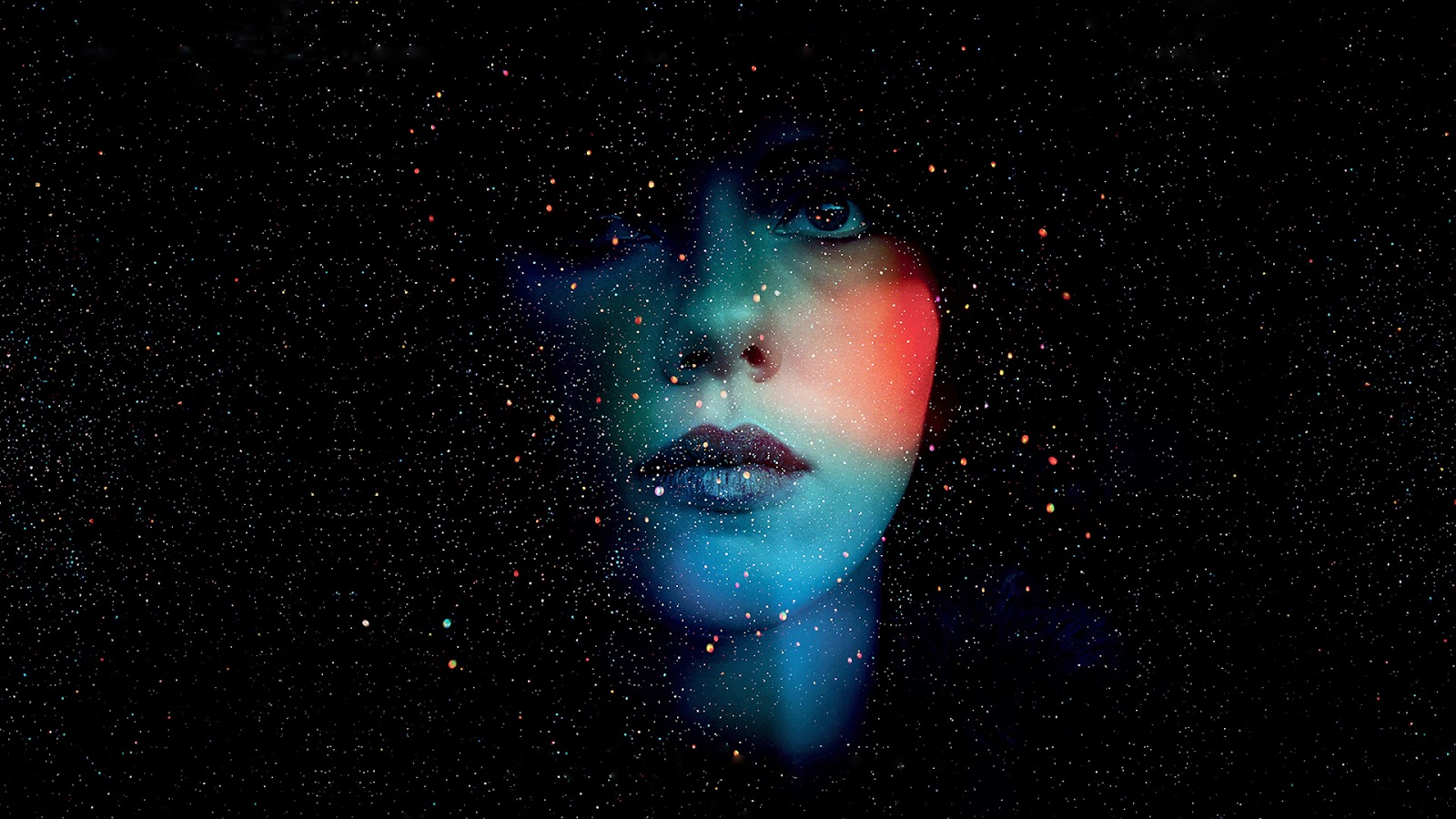
From cinema’s infancy when the Lumière brothers screened the first short films in the late 1800s to the development of narrative films during the silent era and onwards to the massive multiplexes of today’s 21st Century, all of the iconic imagery associated with cinema is due to it being a dominantly visual medium.
All of the great directors, like Alfred Hitchcock or Billy Wilder, for instance, created such overwhelming visuals that you can follow their narratives very closely, even with the soundtrack completely absent. Many filmmakers choose to tell stories that are predominantly visual, with little to no reliance on dialogue, preferring to have silences punctuated with only brief or fleeting exchanges.
The list that follows is aimed directly at such invention, and while the majority of the films here may take a subtle approach, the emotional and visceral heft they affect is incredibly satisfying. These are 15 unequivocal masterpieces of the 21st Century, and must see films for anyone serious about their cinema.
15. Los Muertos (2004)
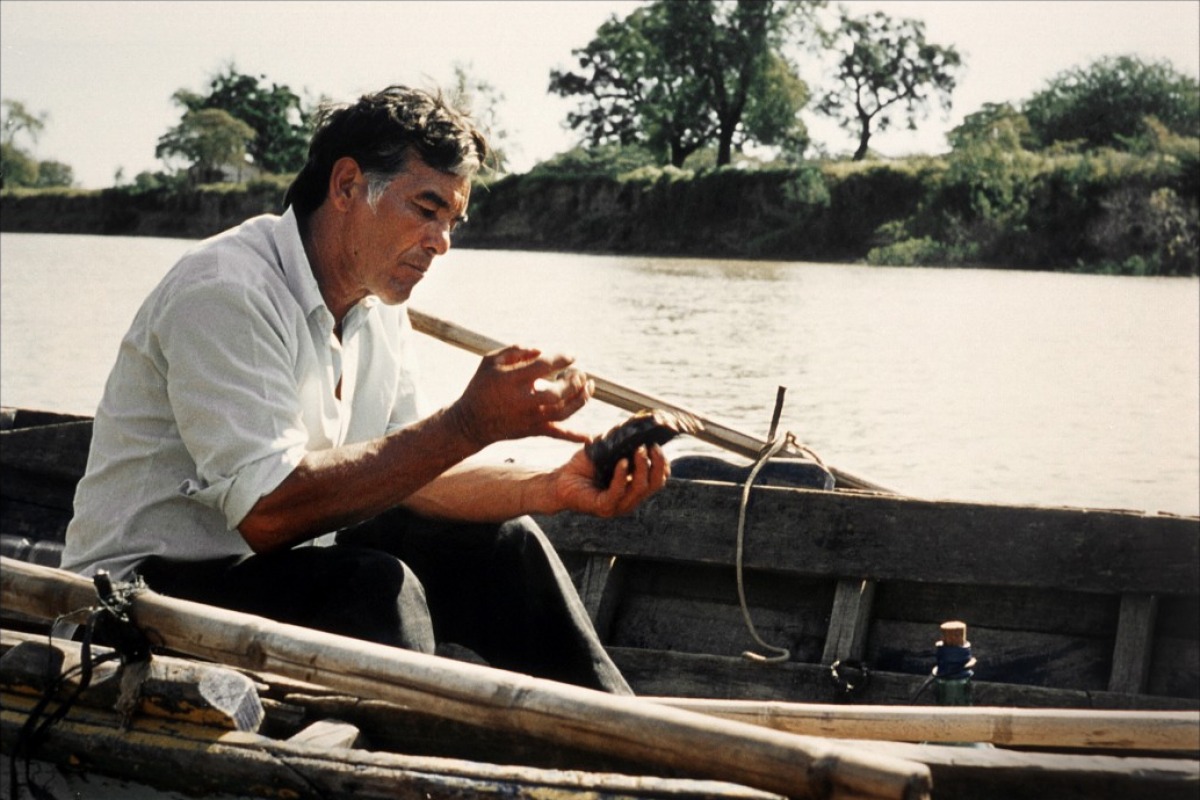
Argentine director Lisandro Alonso (Jauja [2014]) takes a slow cinema approach in his artful “Lonely Man Trilogy”, perhaps best realized in his tremendously impassioned Los Muertos (“The Dead”).
Just released from a lengthy prison term for murder – of his two siblings no less – Alonso’s film closely follows the conflicted Vargas (Argentino Vargas) as he journeys deep into agrarian Argentina. Vargas’ jungle expedition is deeply impressionistic, unrestricted and open-ended and mesmerizing. Audiences who enjoy a deeply searching narrative that unfolds unabatingly will find rich rewards in Alonso’s abstract outlines and penetrating perspectives.
14. WALL•E (2008)
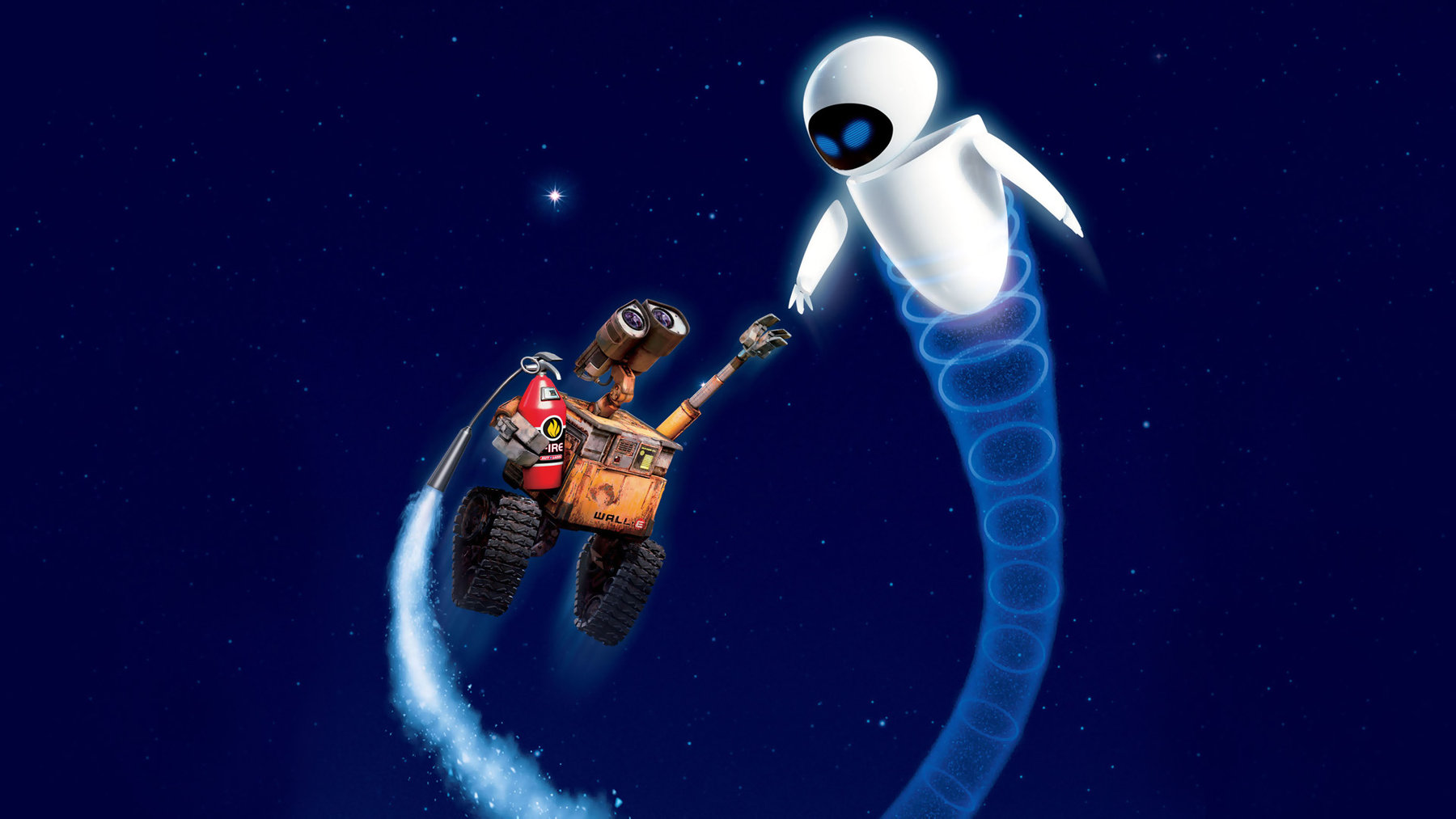
This stunning animation from Pixar Animation Studios, ostensibly a children’s fantasy film, has loftier ambitions than most would expect. Set in the year 2805 on an abandoned Earth, WALL-E is a diminutive service robot, a forsaken caretaker, of sorts. Touching on themes of overpopulation, corporate overconsumption, the environment, waste management, dominion, responsibility, and all with a sentimental lip, director and co-writer Andrew Stanton has a lot to say, and does it with very little dialogue.
Fabulist filmmaker Terry Gilliam counts himself as one of many WALL-E fans, considering it to be one of the best animated films of all time. “A stunning bit of work,” Gilliam told Time Out London, adding that “the scenes on what’s left of planet Earth are just so beautiful: one of the great silent movies.”
13. Elephant (2003)

As both cultural polemic and elegant fiction, Gus Van Sant’s (Milk [2008]) Elephant takes on the high school shooting epidemic. Inspired by the horrific events that happened in the 1999 Columbine High School massacre, Van Sant’s film unfolds in a similar suburban environment at the fictitious Watts High School.
Using a cast of mostly non-actors, the teenagers who populate Elephant mumble and stumble through their fateful school day in a film that isn’t carried by conventional plotting, discourse or much verbalizing at all. As part of Van Sant’s “Death Trilogy” of films sparked by actual incidents – which also includes 2002’s Gerry and 2005’s Last Days – Elephant is an unorthodox dissection of societal malaise, gun culture, disaffected youth, and arthouse sensitivity and erudition. It’s a haunting minimalist treatise, ably backed by Harris Savides’ cinematography.
12. The Miners’ Hymns (2010)

American filmmaker and multimedia artist Bill Morrison (Decasia [2002]), ably assisted by Icelandic composer Jóhann Jóhannsson, together create a powerful and stirring portrait of the blighted coal mining community of North East England.
Brilliantly utilizing rarely-seen footage from the BBC and BFI archives, and other undisclosed sources, The Miners’ Hymns makes for a wordless yet musically soaring celebration of an extinct industry, once rich in cultural, political, and social expression.
With a sharp focus on the Durham coalfield, Morrison and Jóhannsson manufacture aural and visual poetry giving the hardship of pit work an iconic gleam, with depictions of Trade Unions’ organizing and fighting for workers’ rights given a heroic lilt and the times of increased mechanization as well as the annual Miners’ Gala given an elegant and imaginative glow.
One of Errol Morris’ favorite filmmakers, The Miners’ Hymns may well be Morrison’s most accomplished works and it’s certainly a twenty first century masterpiece of documentary and musical synthesis.
11. Corn Island (2014)
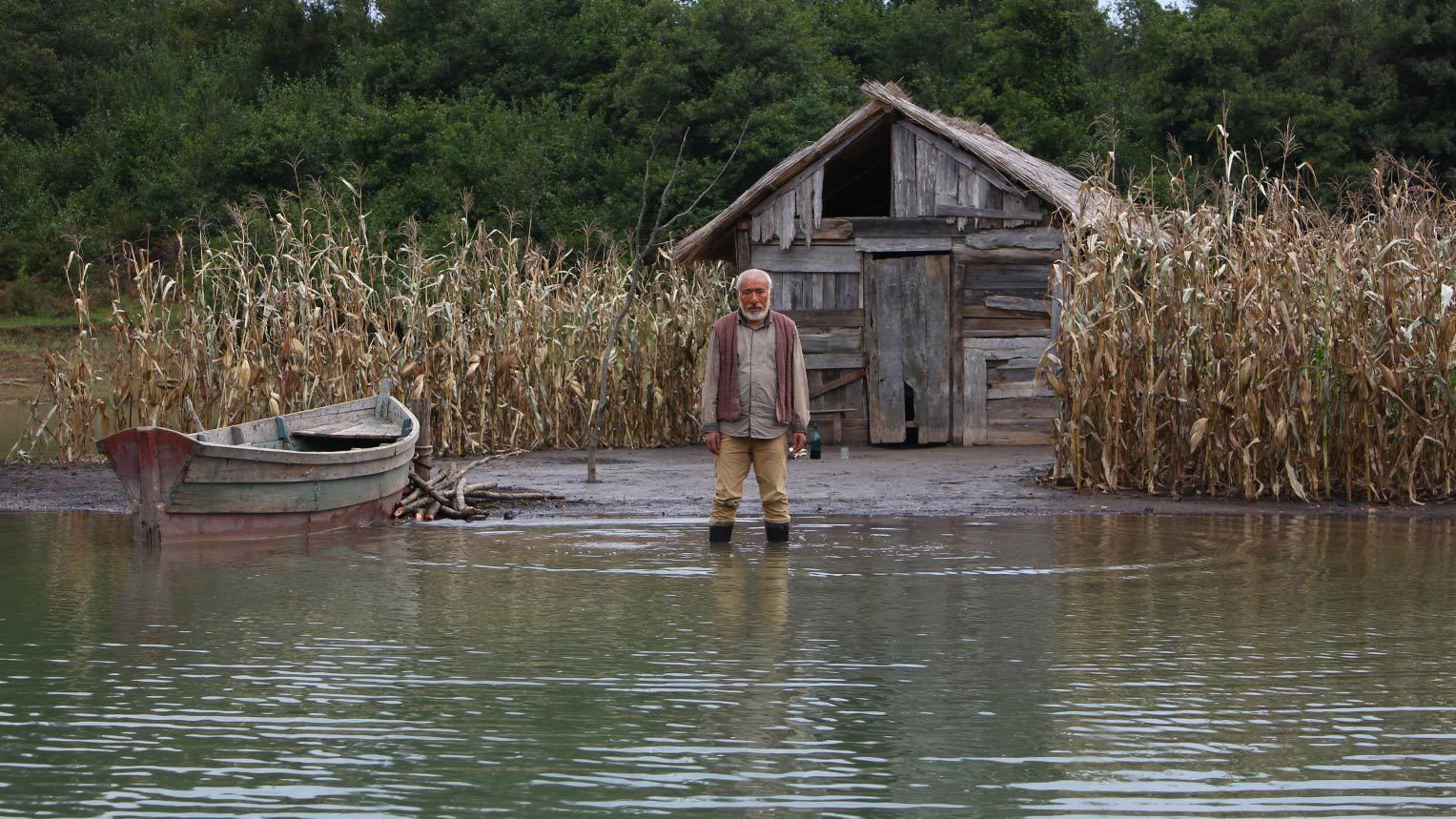
Austere, intelligent and about as far removed from Hollywood as can be, Giorgi Ovashili’s pragmatic allegory about a fine fettled peasant (İlyas Salman, brilliant) and his devoted granddaughter (Mariam Buturishvili, wonderful) is one of the most stunning and graceful films, not just of 2014, but of the 21st Century.
It unravels at an unhurried pace, but its visuals are lovely, alluring, and unforgettable – cinematographer Elemer Ragalyi’s 35mm photography is spellbinding – making for a very singular cinematic experience that will leave you dumbstruck and dazzled. Word needn’t always speak what the heart already knows.
10. Under the Skin (2013)
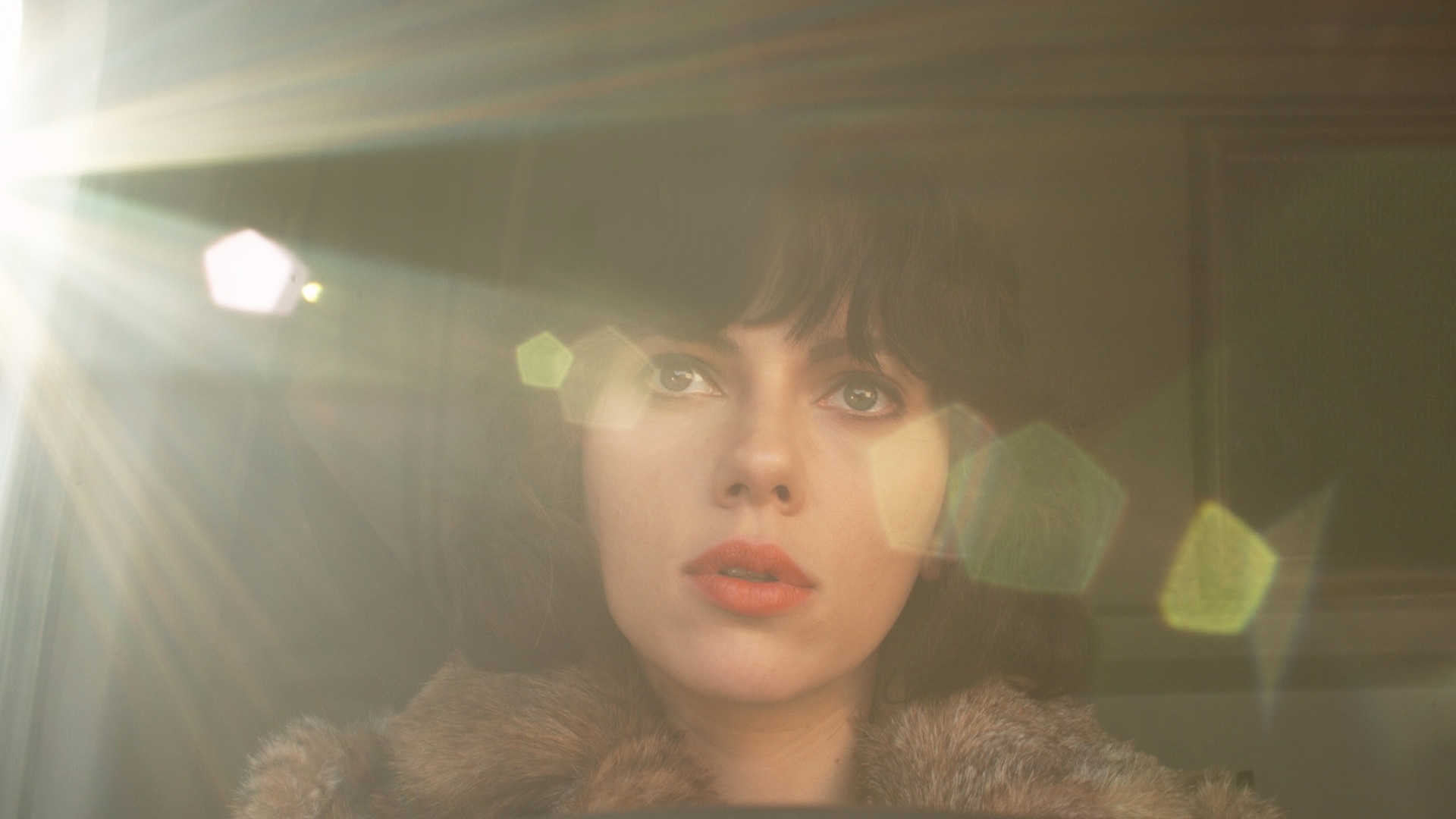
A deeply thoughtful, penetrating, and profoundly shocking exploration of civilization and humanity, Jonathan Glazer spent nearly a decade on this dark hearted epic. Comparisons to Stanley Kubrick and Andrei Tarkovsky are appropriate and easily supported, as are the carefully constructed visual sensibilities and quasi-documentary leanings of Claire Denis and Lynne Ramsay.
Loosely using Dutch author Michel Faber’s satirical sci-fi novel Under the Skin (2000) as the alpha of this deep, metaphysical and mercurial treatise on, well, us, Glazer has surpassed expectation.
And for her part, Scarlett Johansson is outstanding, she shines in a zero cool, controlled and calculating process as she moves from childlike cherub to rouge-lipped iconoclast, all while saying very little. Under the Skin is a fascinating and hallucinatory experience, impossible to ignore, it worries, teases and taunts the viewer for days afterwards.
9. 3-Iron (2004)
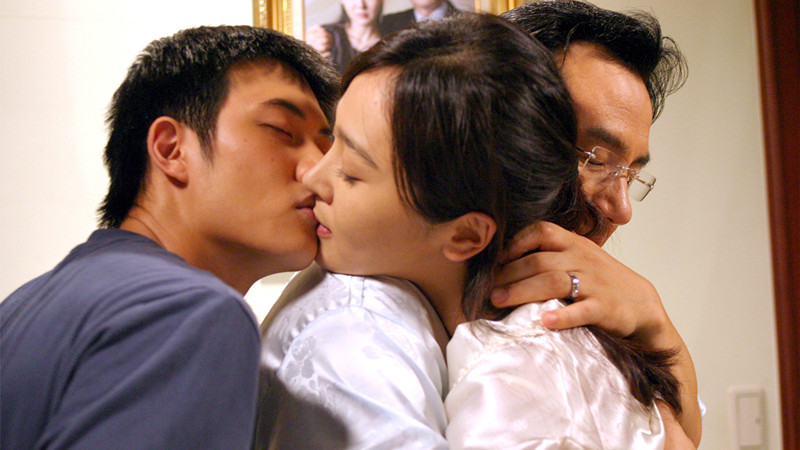
Perhaps South Korean-born filmmaker Kim Ki-duk’s most popular film, the comic-drama 3-Iron, depicts the trials and travails of Tae-suk (Hee Jae), a lonely drifter who breaks into the homes of people on vacation, and who soon finds himself involved with an abused housewife (Seung-yeon Lee).
3-Iron rightly received a wealth of accolades and awards (including the directing prize at the Venice Film Festival, and the FIPRESCI’s best film award), though it simultaneously was criticized for resembling Tsai Ming-liang’s Vive l’Amour (1994).
A self-taught director whose films all feature minimalist dialogue and an abundance of visual puns (more of his work highlights this list), his earlier works were awash with extreme violence and notoriety, elements which have softened over the years.
3-Iron is an engaging, alternately disturbing and satisfyingly strange romance, with no shortage of magical realism and artful presentation.